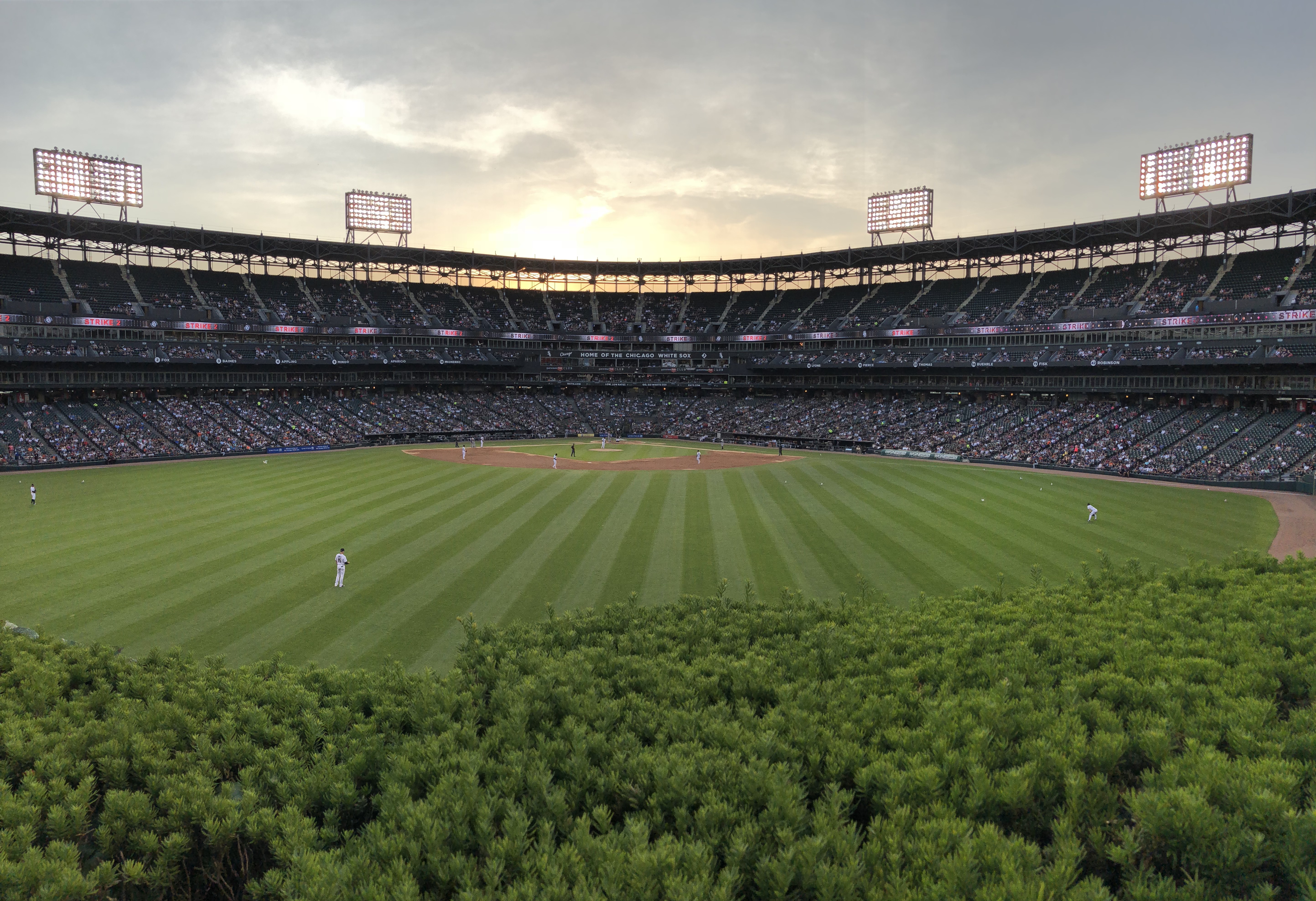
Play Ball!
Breaking New Ground
With more than a half century of experience with the Chicago White Sox and over a dozen field design-builds to his name across the globe, Roger Bossard is perhaps the top groundskeeper in the world today. The gregarious Bossard discusses his tips and tricks, his family’s baseball legacy, and how much time goes into perfecting his craft.
You come from a family of groundskeepers. Tell us about them:
I’m the third generation of Bossards doing this. It started with my grandfather, Emil, in the 1930s with the Cleveland Indians. There was grandpa, my uncle Harold, my uncle Marshall, and my dad, Gene. In 1940, the White Sox called Gramp and wanted one of the boys to work for him. So my dad started here in 1940 at twenty-three. He was the youngest head groundskeeper in the history of baseball.
I started here in ’67. My cousin Brian, who also was third generation, was the head groundskeeper with the San Diego Padres in the 1970s for seven years and the Yankees for two years. Between the six of us, we have almost 230 years of experience. I’m very proud of it. I’m so fortunate, too. I’m doing what I love, and not everybody can say that.What sort of things did your family do to help the home team?
There are actually at least seventeen tricks of the trade that the Bossards have used, starting with my grandpa back in the ‘30s. I remember decades ago, there’d be days when we had bases at eighty-nine feet instead of ninety. My dad also used to tell me that when the Yankees came to town, Grandpa would move the fences back fifteen feet. If you were able to do it, it’s what you did.
I also can still remember players complaining to my dad during my first year here. They used to hate coming to Chicago because the front of home plate was literally mud and they didn’t have a chance of hitting well. He’d also make “frozen” baseballs by keeping them humidified, which added weight. My dad did all that because our team was about defense and pitching. When Rickey Henderson, Bill North, and Bert Campaneris played decades ago, we’d drench the first base line so they couldn’t steal. But those were different times; I would never think of doing such tricks now. If I tried to pull something like that, the Players Association would hold up the game. And the league is more diligent; it comes out and checks the fields once or twice a year.
Bill Veeck once said that a good groundskeeper is worth ten to twelve wins. That’s flattering, but I’d like to think we’re worth at least three or four because a groundskeeper helps ballplayers out. For example, people don’t realize that each position is different on the infield. When Ozzie Guillen played shortstop here, he liked the field soft except the last six feet; near the outfield grass, he wanted it firm for his first two steps. Robin Ventura liked third base really soft, like mud. Julio Cruz, a second baseman, liked just the first ten feet of the infield soft and all the rest of it hard—which I had never heard before or since. So you can condition the field to the way the guys want it, and if it means they’re comfortable on their field for eighty-one games, half the season, it makes a difference.Is there such a thing as a typical work day for you once the season begins? Do you ever have time off?
Rarely. This year, from February 7 through October 1, I’ll probably have ten days off in that eight-month period. I have two children, and people have told me that the field is my third child. And it’s not just me; many other groundskeepers are this way, too. It’s the way we are. When the team is in town, you put in 110 to 115 hours a week. It’s that simple. I’m here for night games by 7:30 or 8:00 in the morning, and I get home at midnight. You don’t leave your field. I was raised this way, so it’s what I do.What’s most important to you as a groundskeeper?
The infield soil. Seventy percent of the play is on that infield, so it must be close to perfect. Nobody wants to see a bad hop. But when players have ground balls hit 105 to 110 miles per hour coming at them, they don’t like when the field’s like a rock. That’s also why we use soil conditioners. You must know your city’s weather conditions, too. Chicago is the Windy City, so if it’s a windy day, you have to wet the field more or it’ll dry out. If it’s humid, you don’t wet it as much.Which innovations are you most proud of?
Without question, my drainage design of using pure sand. I worked on it for two and a half years. Everybody told me it wouldn’t work, but I proved them wrong—I discovered how to grow grass in ten inches of pure sand; there’s no peat. I was the first person to do that, and that’s why other stadiums called for my help. Overall, I’ve designed and built ten major league fields, including Boston, the old Yankee Stadium, the new Milwaukee stadium, and the new stadiums in Arizona, Seattle, and Detroit, and that includes their drainage and irrigation systems.
I’m also proud of using those soil conditioners for the infield. Dad was the first one to try it in 1960, but I took it to another level by adding more conditioners, which allows the field to hold moisture for an extra two or three hours. If you remember old footage of players sliding into second base and creating a cloud of dust, that doesn’t happen anymore because of the conditioners.You mentioned the ten MLB fields you created. Have you done fields outside the sport?
I put in the first natural turf soccer fields in Saudi Arabia. That was quite interesting. I worked for two years on it before we flew the grass over from San Diego and put the first of four natural turf fields in Riyadh for the royal family. We also put in two irrigation systems and a drainage system. People always ask: why a drainage system in a place that gets four inches of rain a year? In Riyadh, sandstorms come in four or five times a month, so I had to check all the sand in the area. It turns out the salinity in their sand is so high, the irrigation system had to be able to leech saline from the sand and drain it out. It was quite an ordeal, but thank goodness it worked.How do you handle poor weather conditions?
I have my own Doppler, and I also have access to weatherpeople. For most of the year, calling or delaying a game is a baseball decision of the White Sox, so [senior vice president/general manager] Rick Hahn, [executive vice president] Kenny Williams, and I get together with the crew chief, and we’ll all sit down and figure out what needs to be done. I’m constantly talking to the umpires; my office is literally right across from theirs.
However, in the latter part of the year—especially when teams come to town for the last time—MLB people, myself, and the crew chief will talk and decide what to do if it rains. MLB wants a say with cancellations when pennant races are involved, and rightfully so.What have been some of your worst weather challenges?
One actually happened last year. We had two and a half inches of snow the night before Opening Day; it literally came out of nowhere. Every once in a while, you have to come up with some crazy solutions, and I literally used my mowers to clear the snow. I put them down, didn’t put them on, and doggone if we weren’t able to push the snow to the warning track. From there, my twenty-two-man crew and I took it off the field.
I have a picture in my office of another incident. Three years ago, I jackhammered four inches of ice from my infield. I tarped up my whole infield and put heaters, like football does, under the tarp to melt some of the snow and ice, and then jackhammered from the top.What’s your biggest groundskeeping pet peeve?
Players come out now during the day and will throw Frisbees around, or they play football or soccer before batting practice. For someone who tends to grass all the time, you sort of cringe when you see that.How do groundskeepers make the patterns and logos in the field?
It’s all cosmetic. Imagine you and I are standing at home plate. We’ll put the mowers down, which have rollers on the back. We’ll roll from home plate to dead center field and then, when we come back, we’ll mat it the other way to make a pattern. Now, when you do, say, a star, how do you make the points of the star? You put a pressure nozzle on the end of your hose, and you blow the water that direction. The third way to create patterns is roller squeegees, which you see used on golf greens when they get a lot of water. If you want a checkerboard pattern, you go one way and come back, and then you completely ninety-degree it, go up the other way, and come back.
Someone always thinks we paint the grass green one way and a lighter green the other way. It’s not that; it’s all manipulation of the blades. I’m not dyeing grass!What’s your grass of preference?
I love bluegrass. I’ve got a four-blend bluegrass in most of my fields, but it certainly depends on where you’re at. If you’re on the West Coast or down south, you have to use a Bermuda grass. Most players like playing on bluegrass. It’s a thicker, denser plant than Bermuda, and it’s cut at an inch to an inch and an eighth. Pitchers hate Bermuda grass, which is cut between a quarter-inch and a half-inch, so there are a lot of balls shooting through the infield. But if you’re a hitter, you love it.Are you as meticulous with your own yard as you are with your baseball yard?
Yes. If I have one dandelion, all my neighbors are on me about it. [Laughs]Do you see yourself handing over the reins anytime soon?
My son, Brandon, is twenty and plays baseball at St. John’s. He’s not going to do this. So you always want what’s best for your children, and he’s going to go in another direction. I still love it, but it’s changed. It’s not the same as it was when I started—but I’m very, very blessed. My boss, Jerry Reinsdorf, is the best. I’ve worked under four owners, and they don’t come any better than Jerry. So I’m going to hang around a little while longer.What’s the most satisfying part of your job?
It’s such a challenge to take care of the players, and I’m able to do that and keep them happy. That really satisfies me. Probably the best part—and I think other groundskeepers would say the same thing—is when you’re able to look out on your field and someone in the stands or on the field shouts out about how beautiful the field looks. Getting compliments from players or fans makes all those hours worth it.
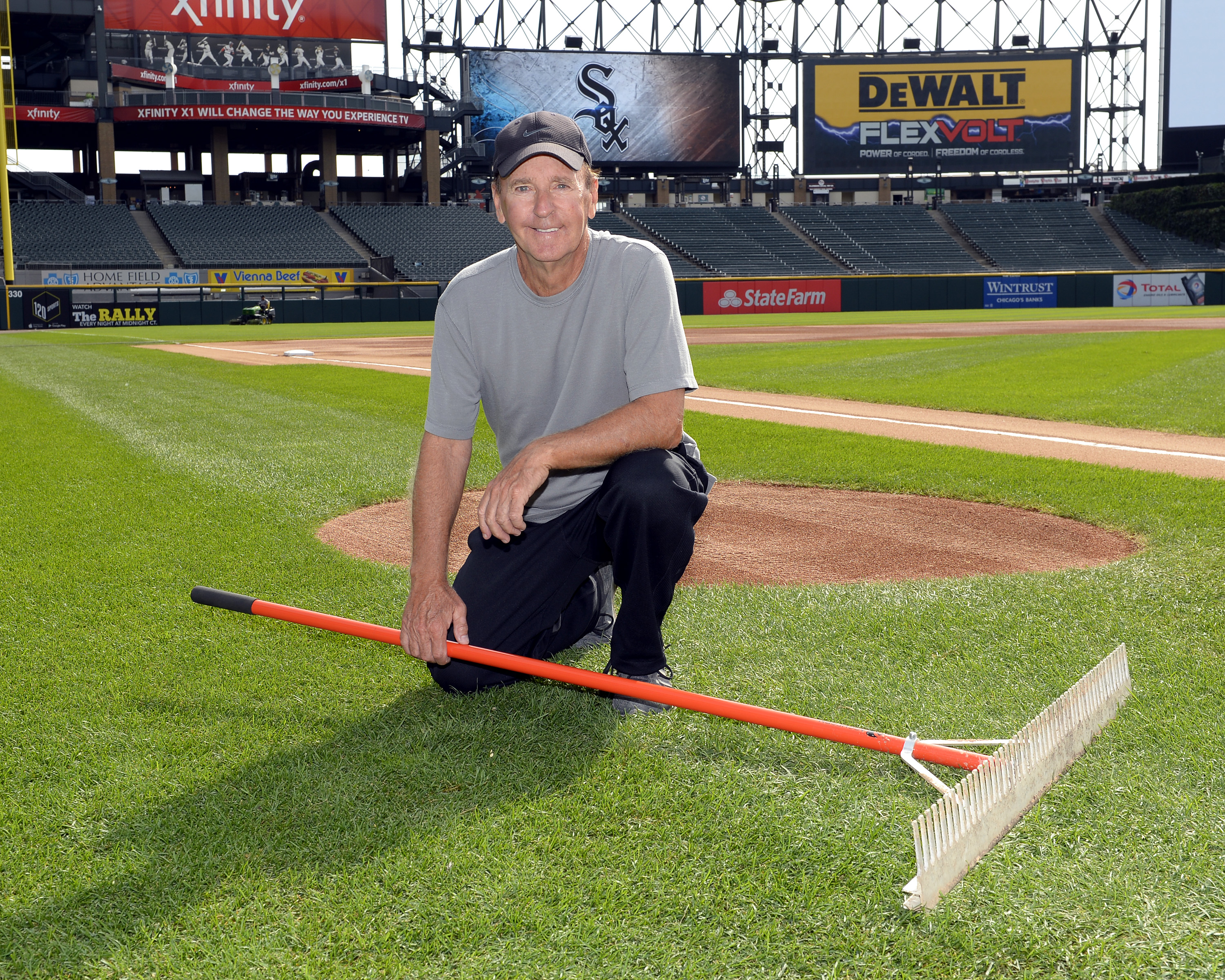
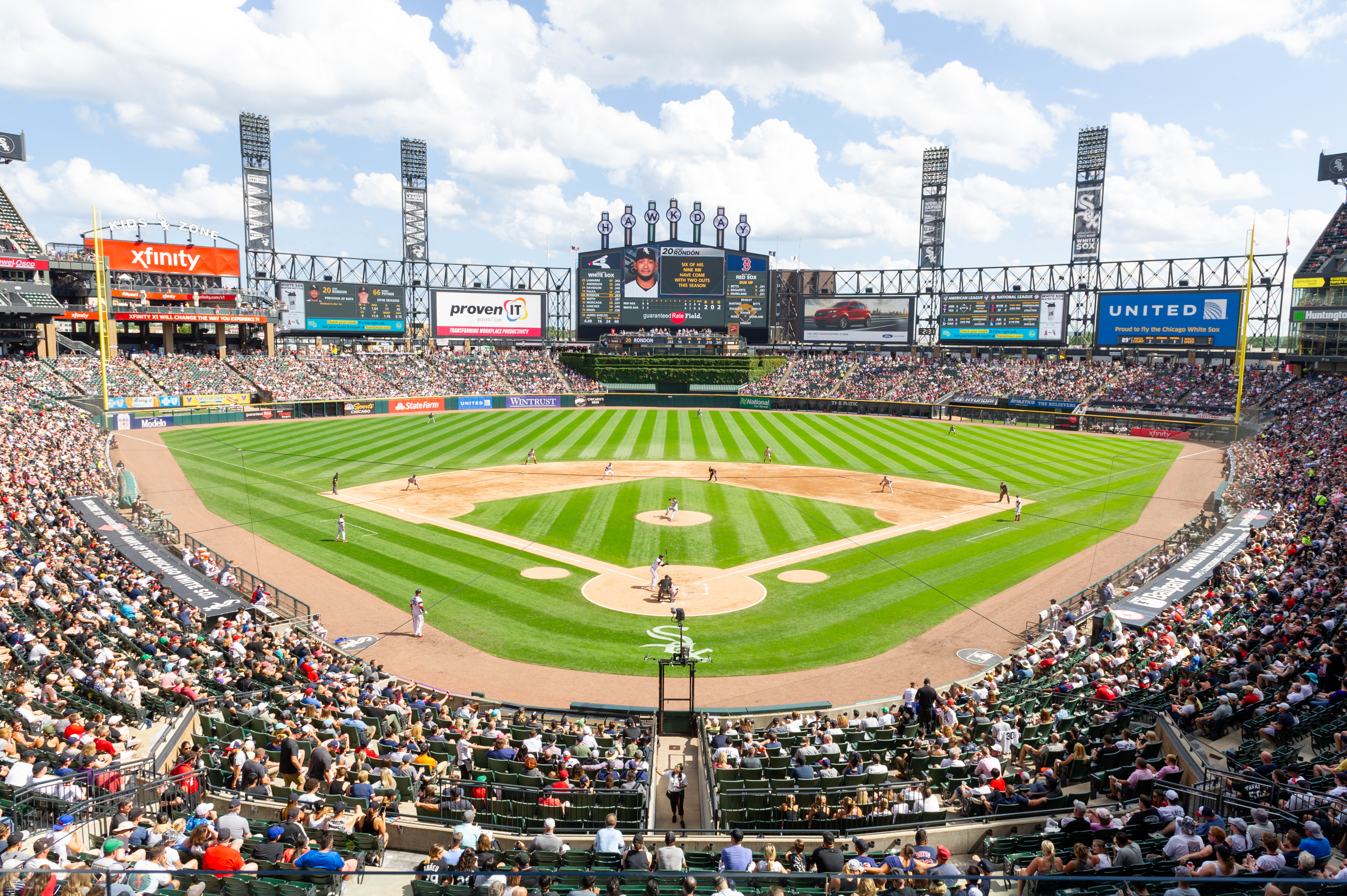
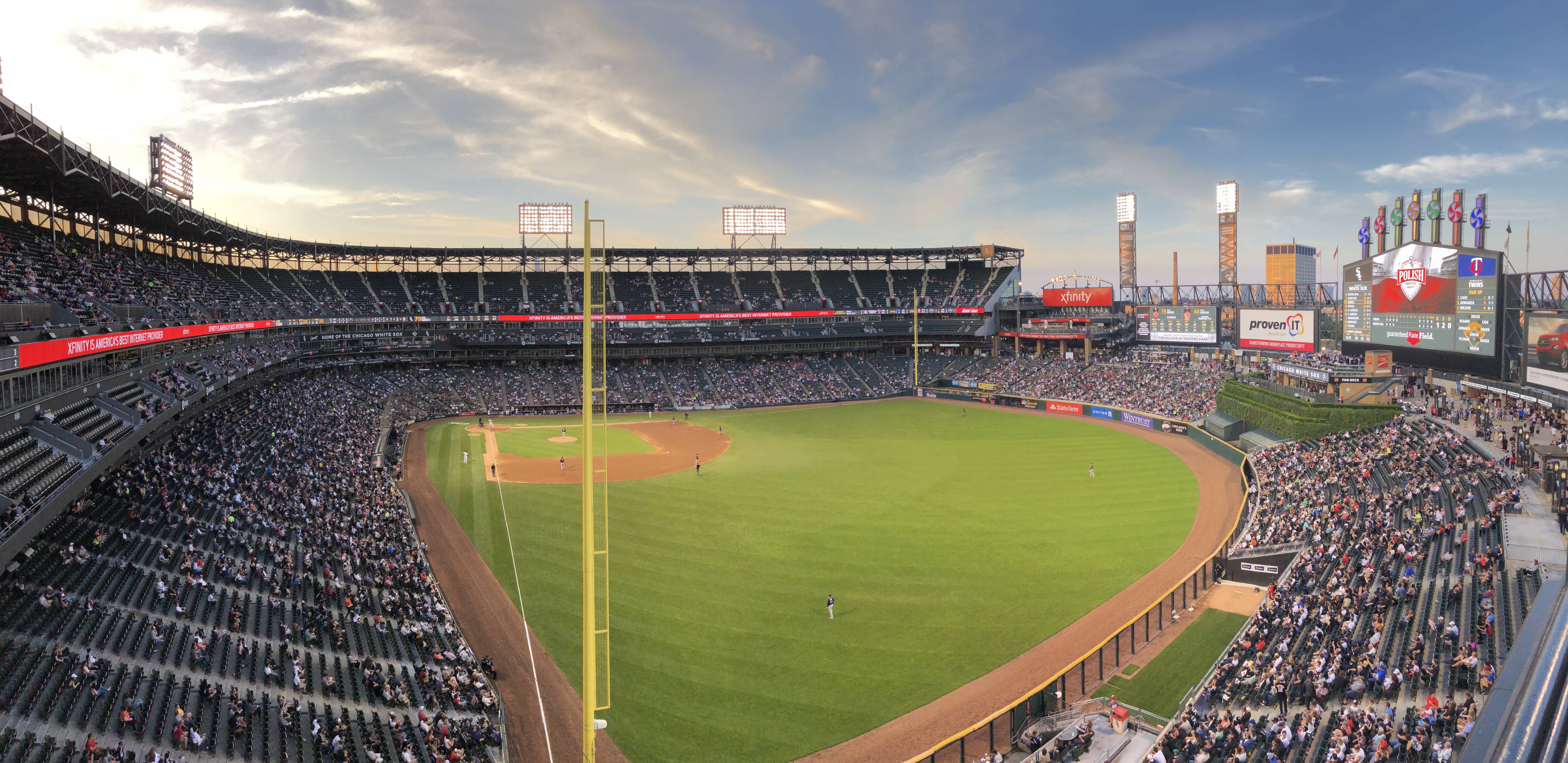
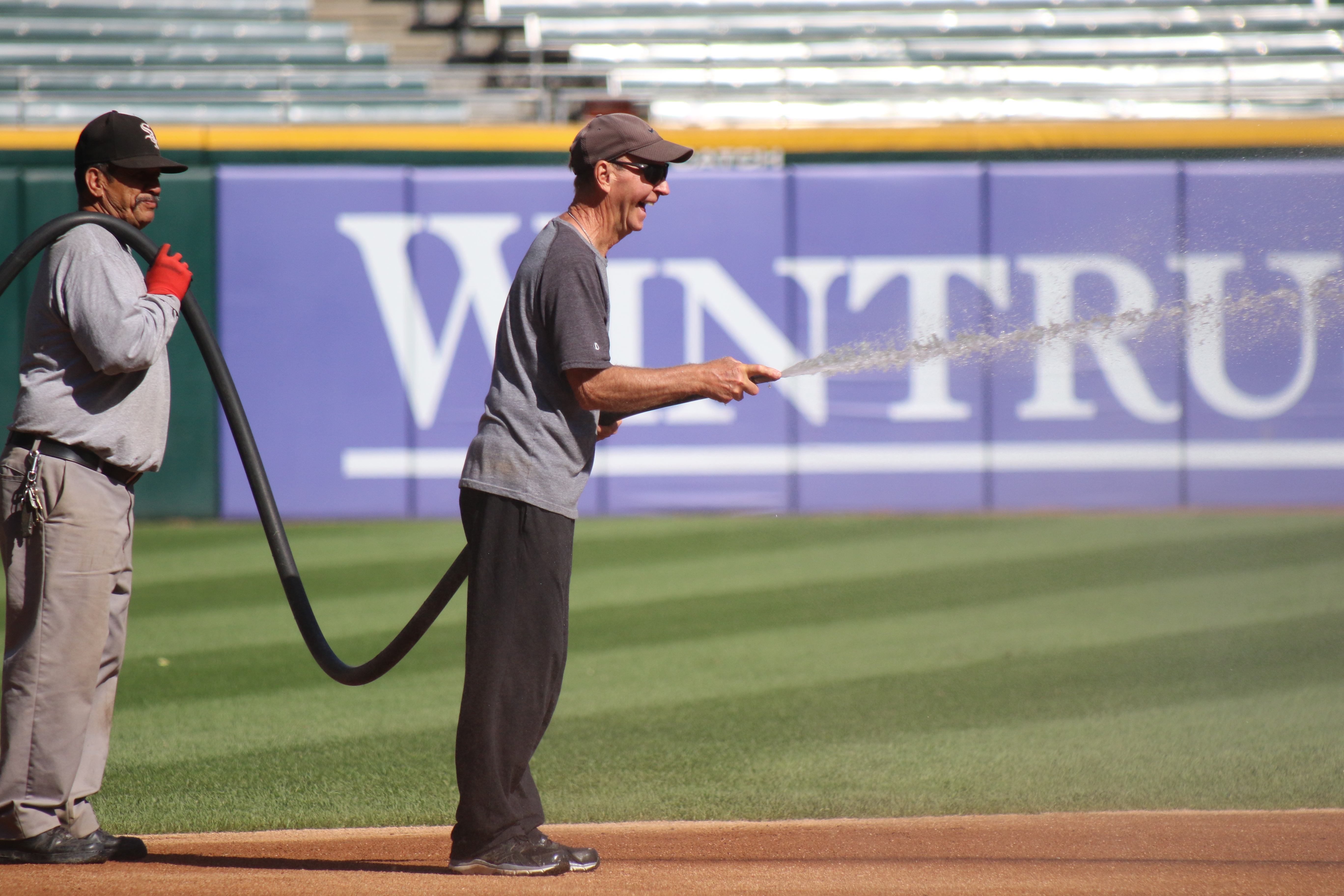
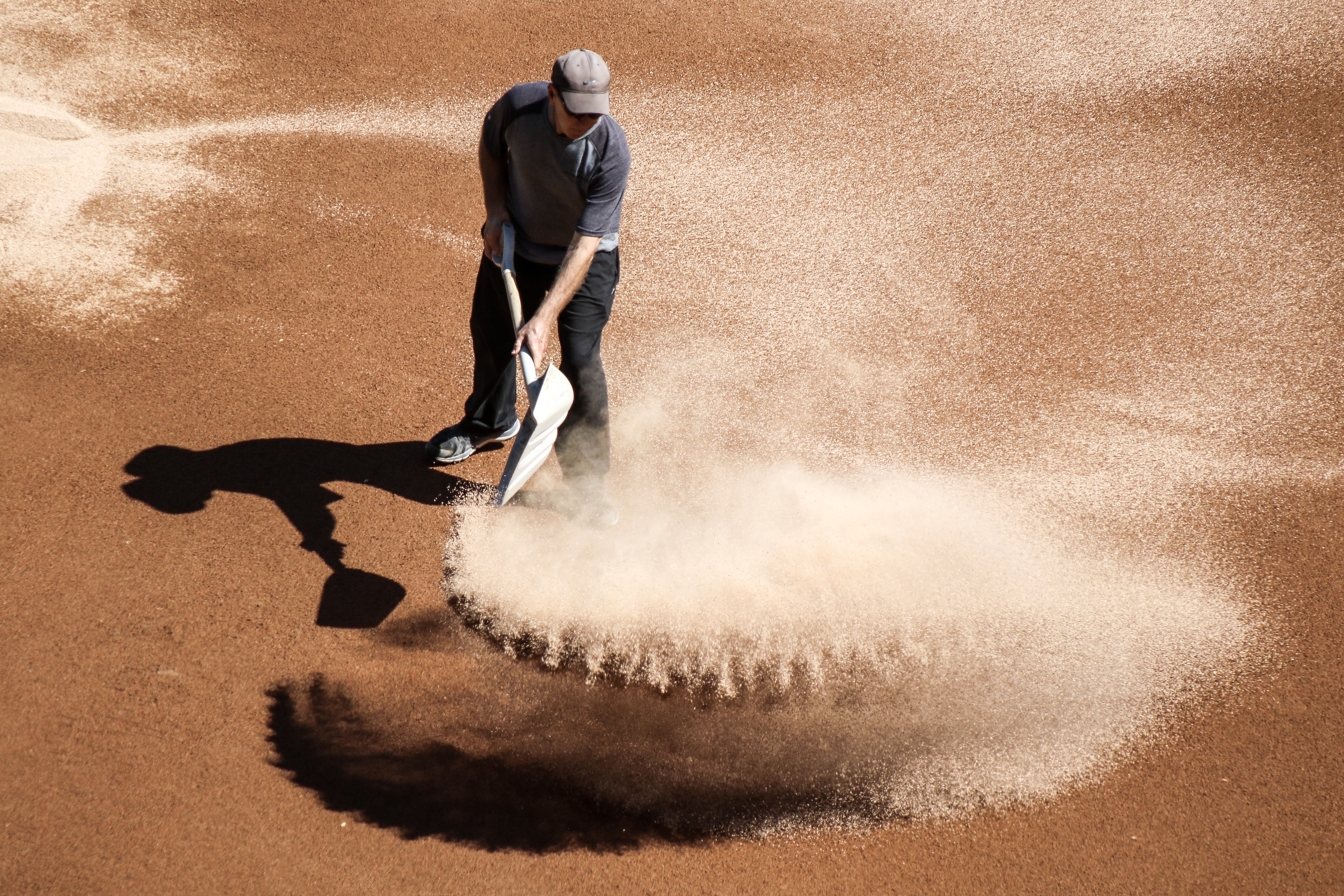
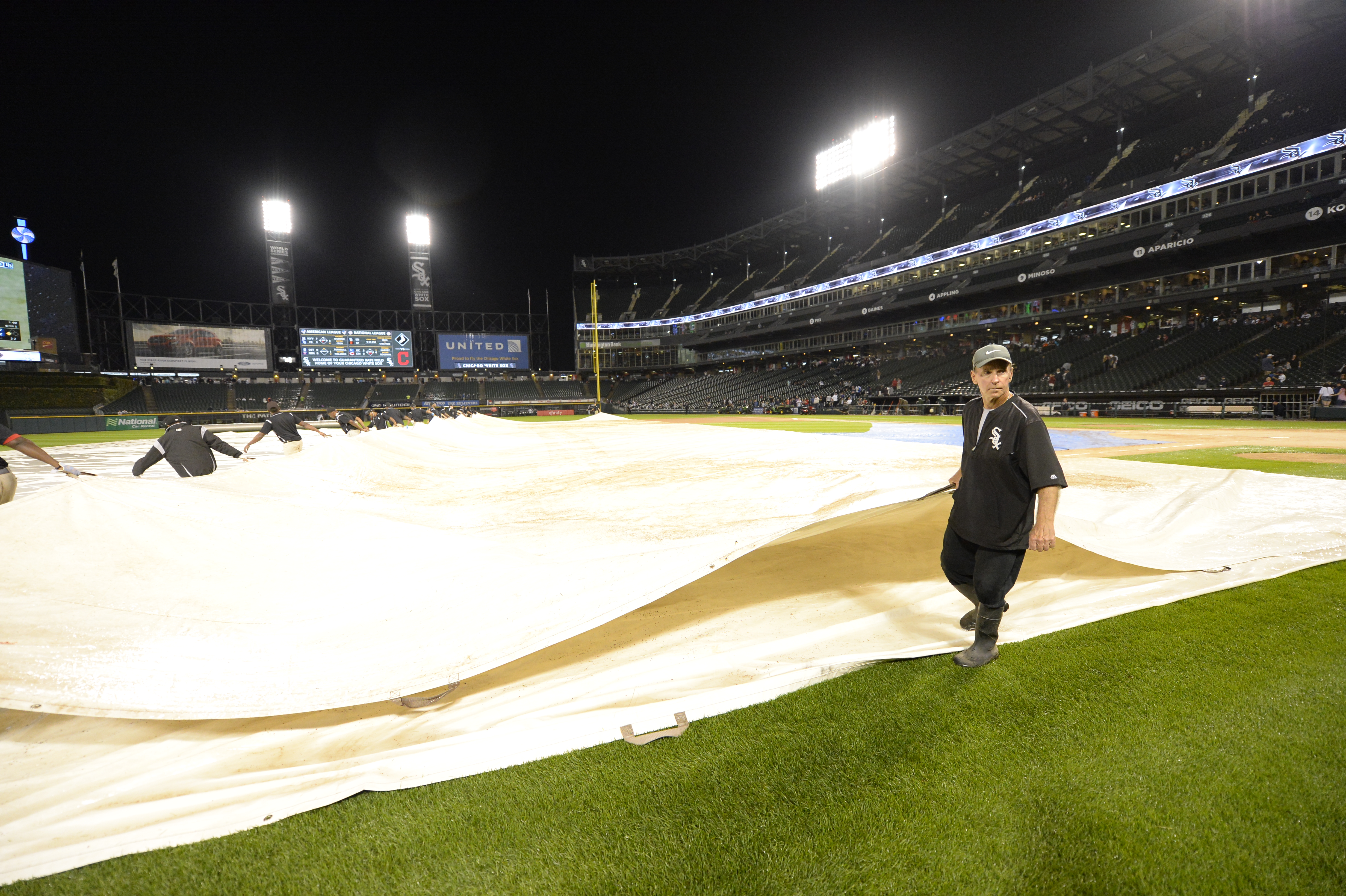
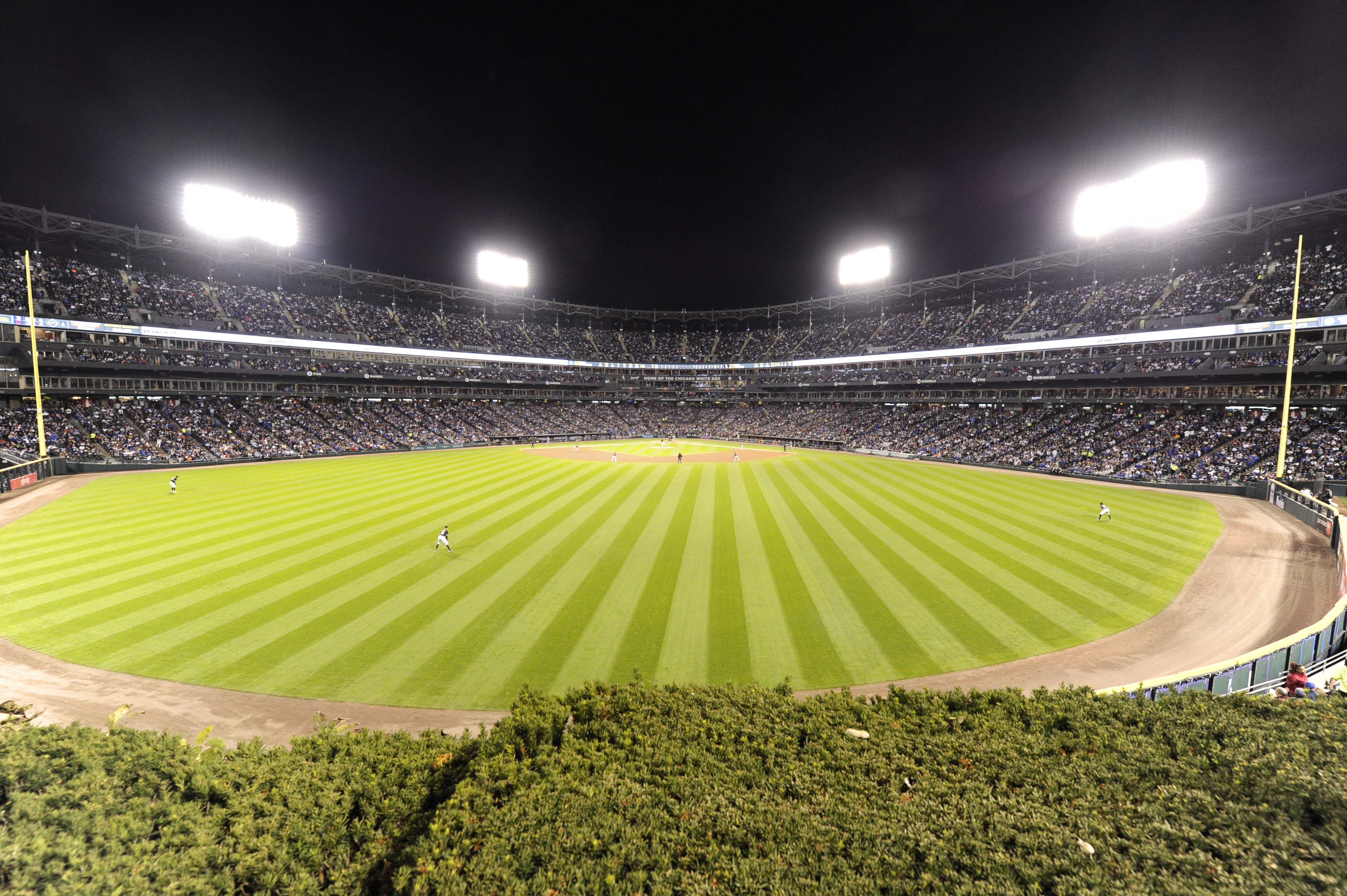
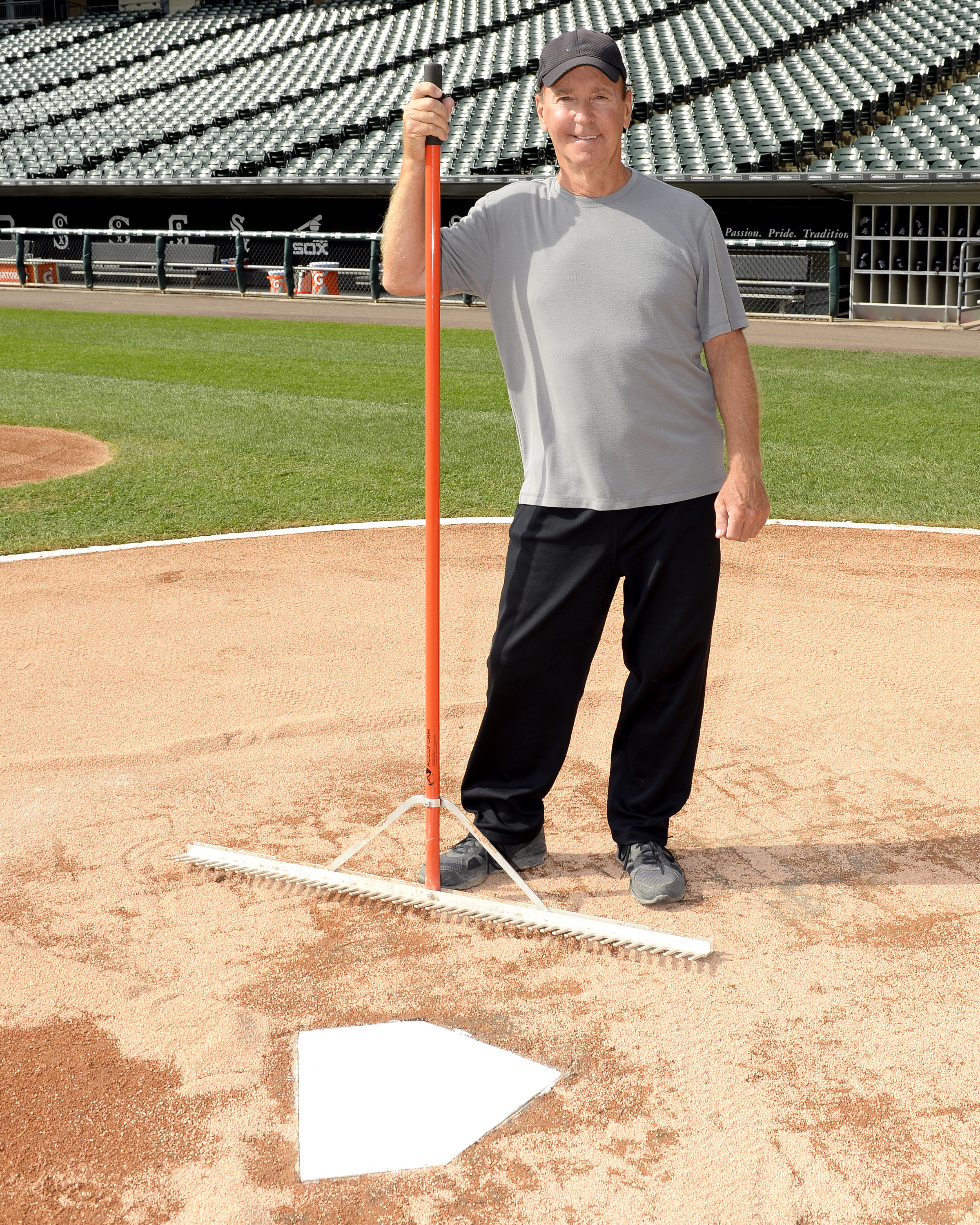
For more info, visit whitesox.com
Give your friends and family an inside scoop on groundskeeping’s royal family by sharing this article.
Up Next:
Are You On the Ball?

Posted in April 2019 on Mar 13, 2019